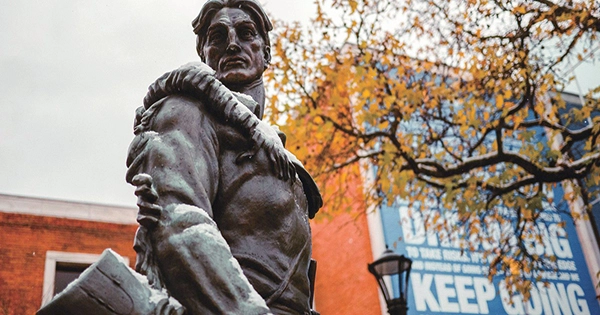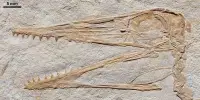Everyone enjoys a good thrift shop find, whether it’s a fancy sweater or some home décor. While you might usually expect a significant discount, you might not expect to pay $34.99 for a rare, 2,000-year-old archaeological relic. But that’s precisely what a Texas woman discovered after buying a Roman-inspired marble bust that turned out to be a genuine Roman statue dating back thousands of years.
Laura Young, the bust’s buyer, told CNN, “I was simply looking for anything that seemed fascinating.” “At $35, it was a steal; there was no reason not to get it.” Young bought the sculpture in 2018 and it has stayed in her living room ever since, blissfully oblivious of the piece’s amazing history and significance. Young, an antiques collector, had a sense that the bust was valuable, and subsequent Google searches confirmed her suspicions.
She contacted auction houses and specialists for identification and price, eager to learn more about the strange bust. The bust was traced back to the 1930s, when it was part of a Bavarian king’s collection in a scale model reproduction of a home in Pompeii, before being plundered during World War Two, according to Sotheby’s, a prominent fine arts auction company in the United States. It was most likely looted by a US soldier and carried to Texas, albeit that isn’t exactly an easy keepsake to bring home.
According to The New York Times, the bust may portray a son of Pompey the Great, a legendary Roman general who played a key part in the building of Rome into an empire and was Julius Caesar’s foe, or Nero Claudius Drusus Germanicus, a major Roman statesman and leader in Germany. According to The New York Times, Ms. Young stated, “I was like, ‘OK, I can’t keep him and I can’t sell him.”
It’s unclear how much the bust would sell for at auction, but comparable busts often cost tens of thousands of dollars. Young, on the other hand, has more respectable aspirations for it. “To put it mildly, it was exceedingly bittersweet. But I can only control what I can control, and art theft is a war crime, as is looting during a war. “I can’t be a part of it,” Young said to the New York Times. She made an arrangement with Bavarian officials to retain the bust in Texas for a year before returning it to Bavaria, in exchange for a tiny finder’s fee. It will now be in the San Antonio Museum of Art until 2023, when it will be returned to Germany.















